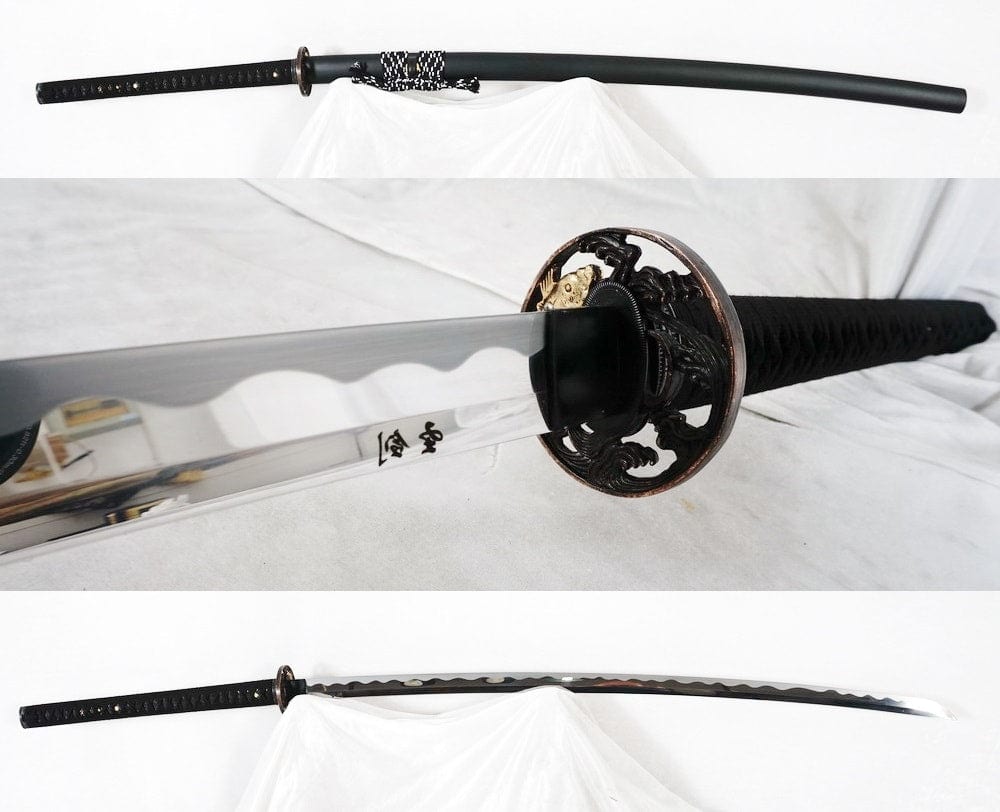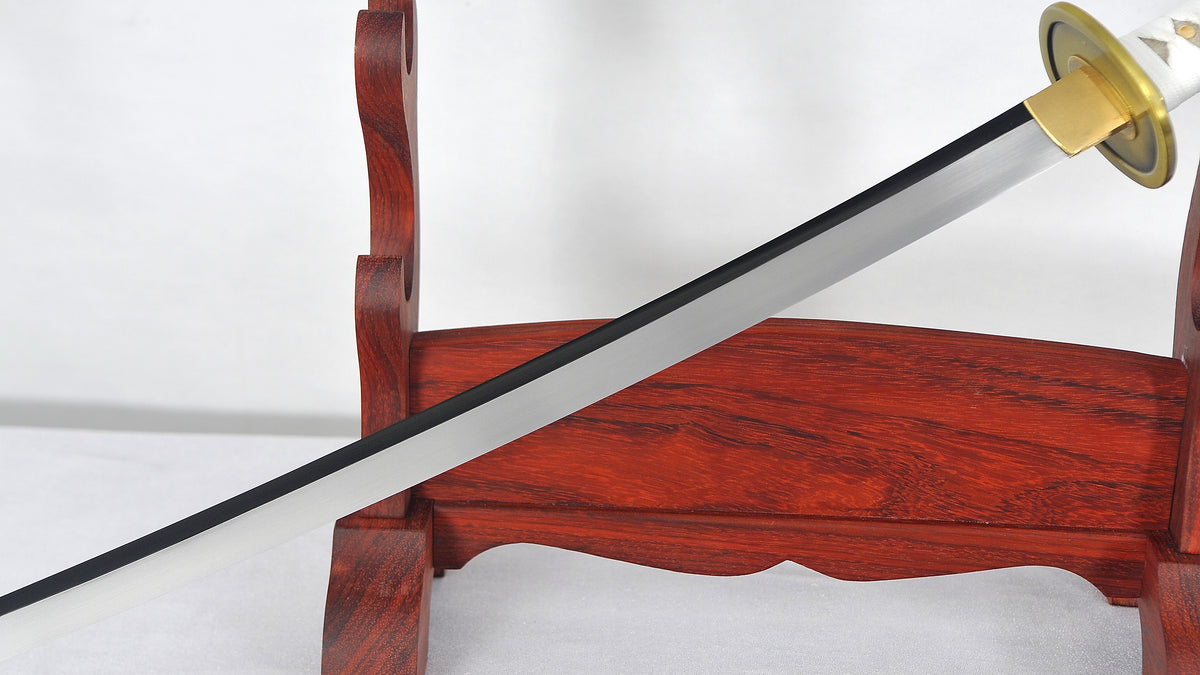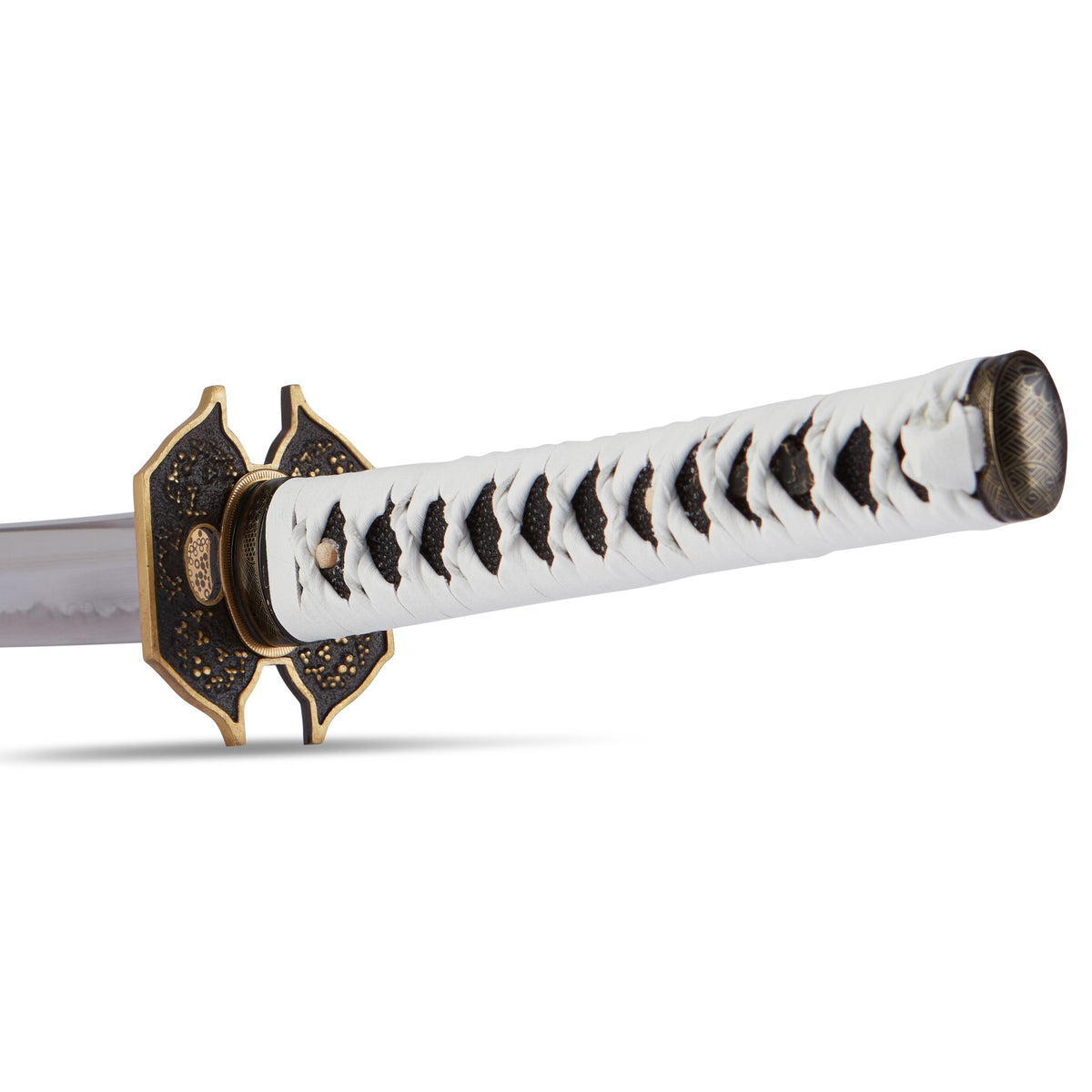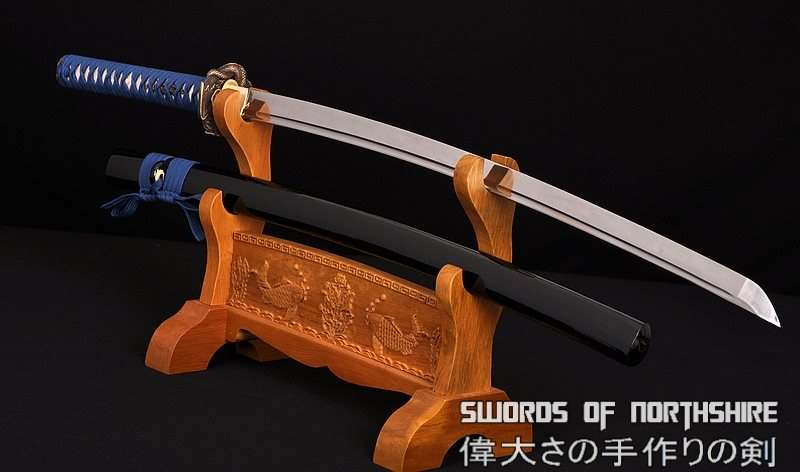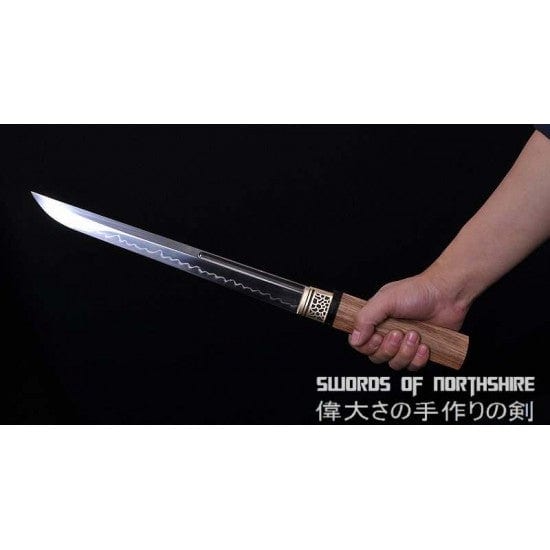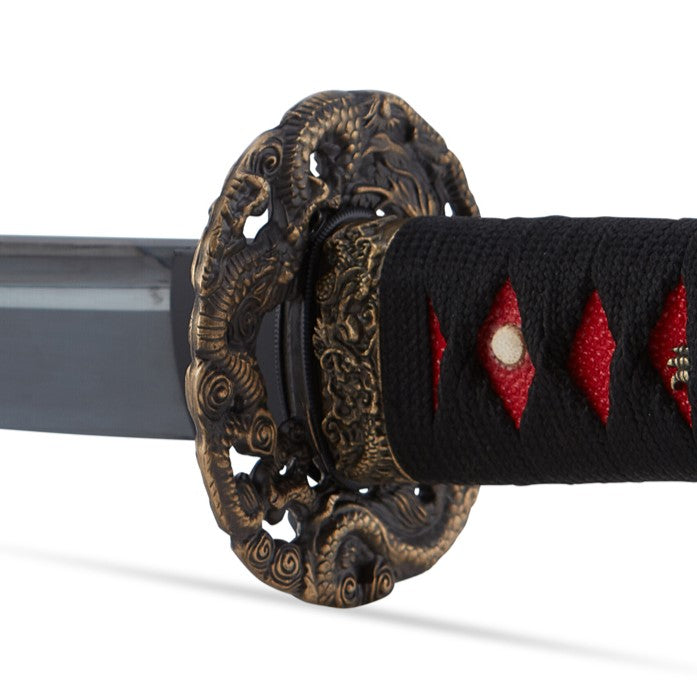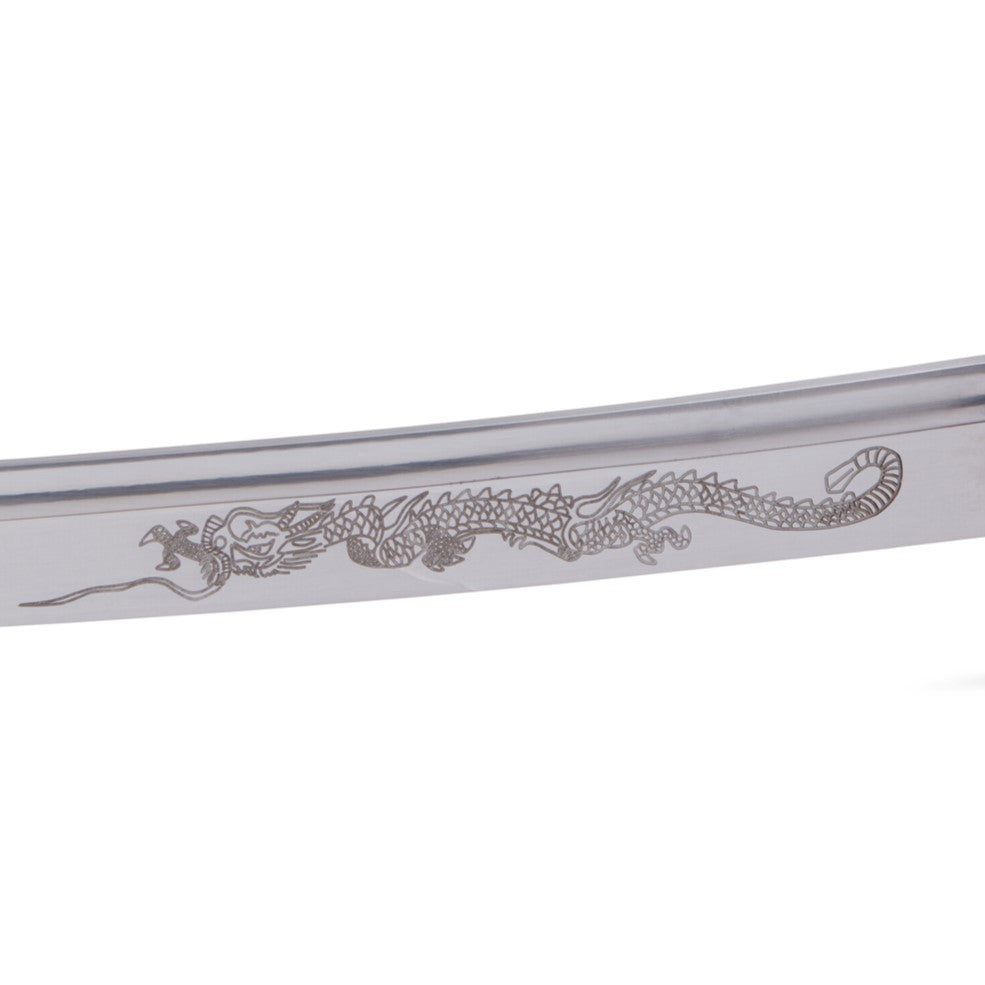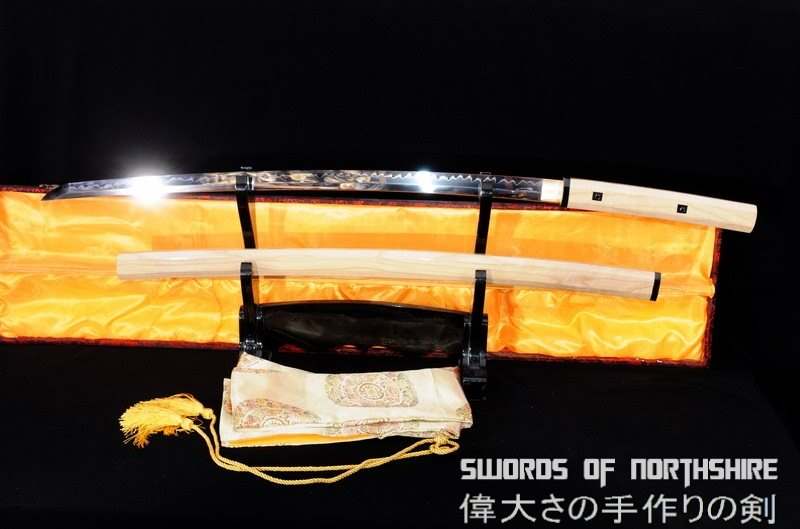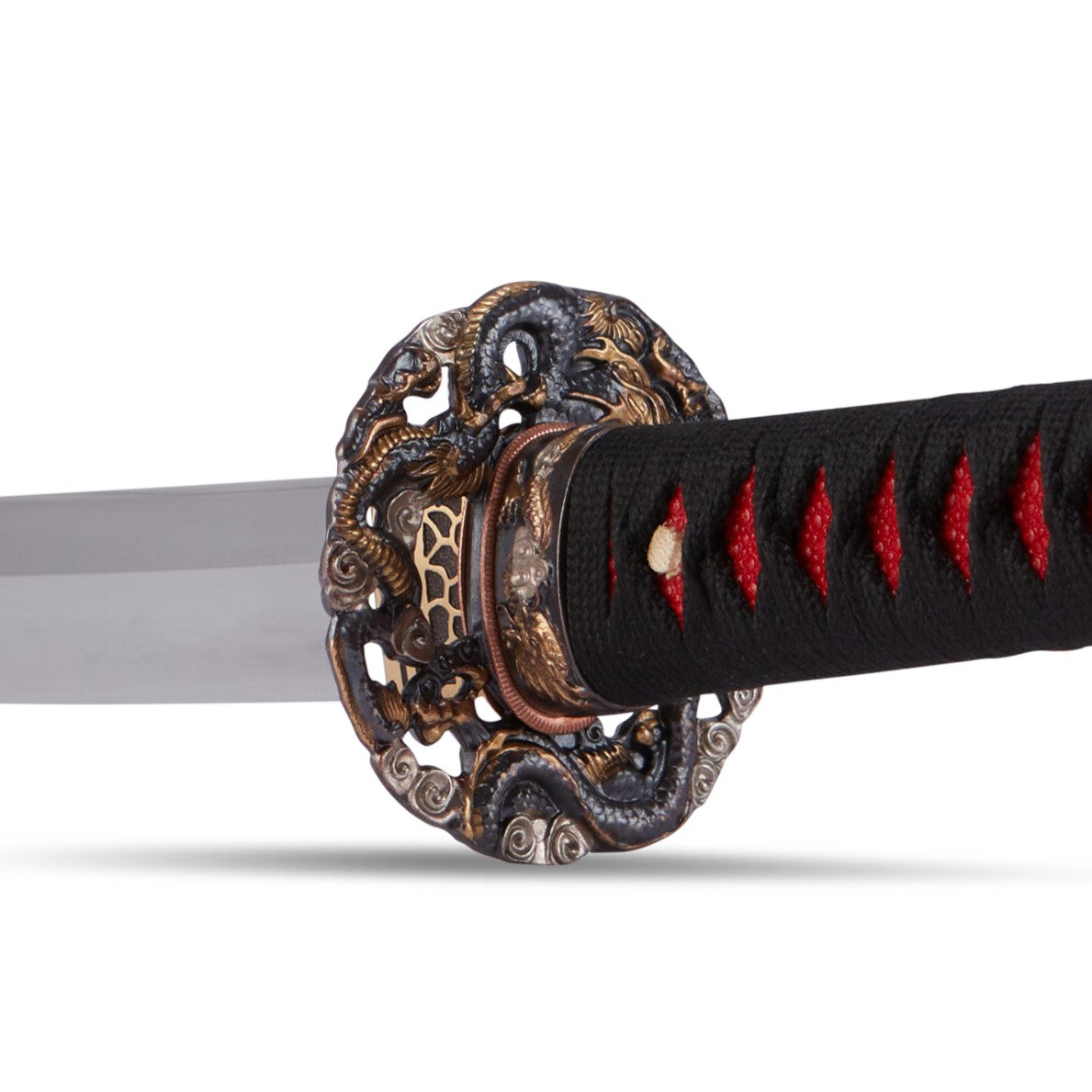Ninja Swords (Ninjatos) vs Samurai Swords (Katanas)
In this article, we’ll explore the distinctions between the samurai sword (katana) and ninja sword (ninjato).
But first, let's go back in time and see who the samurai and ninjas were.
One one hand, the samurai were elite soldiers associated with nobility and their main tasks were to guard the emperor and the royal family. They also fought and defeated enemies in the battlefields. To get the job done, the samurai equipped themselves with razor-sharp swords called katanas.
On the other hand, there were ninjas (shinobis), who were covert assassins well versed in ninjutsu, a particular Japanese martial art style practiced by ninjas using a system of strategy and warfare. Their mission was to carry out acts of espionage, assassination, and sabotage. This includes killing warlords while they slept, stealing information, or poisoning the water supply. They operated in the dark, with no bushido code – 8 virtues, like a code of honor – to constrain them.
Because ninjas and samurai had different objectives, their swords were designed differently. Below, we’ll expand on the differences.
Samurai Swords

Two Types of Samurai Swords
The samurai had two swords: their primary longsword, the katana; and the shorter companion sword, the wakizashi. The katana, being the longer weapon (total length: 105 cm/41.3 inches), would serve as their primary weapon in the battlefield.
The samurai is said to have always carried a wakizashi with them, even when taking a bath (they wouldn't want to be surprised by an attack!). Note that the wakizashi wasn’t a miniature katana because they could be forged differently and have different cross sections.
Fact: the wakizashi was used in seppuku –or ritual suicide - where the samurai would disembowel themself. This was done because they had “dishonored” themself or they were defeated in battle.
When it comes to the samurai sword, here are four important distinctions.
Elegant Designs
Because the samurai was part of the elite warrior class, each sword was carefully crafted and designed to be impeccable. For example, the sword guard (tsuba) and cord wrap (tsuka ito) and other portions of the sword had elaborate carvings and decorations.
Intrinsic Value
Katanas weren’t just a piece of steel: they represented the soul, clan, and lord of the samurai. The sword was a status symbol, as the samurai class was considered the upper echelon of feudal Japan. Carrying a katana was the modern equivalent of driving a Ferrari. That’s why the samurai always carried their swords with them in public, even when going to the bathroom.
Highly Treasured
There were no automated machines to mass produce swords in feudal Japan. As a result, forging a samurai's sword was an expensive and time-consuming process.
First, the blacksmith had to smith the iron in the clay furnace. Then they had to hammer and fold the steel to remove the impurities and increase its strength. Yes, the sword was folded many times, but not thousands of times.
Then there was the hammering, grinding, and polishing of the blade to perfection. And then? Adding the decorative parts, including intricate carvings on the blade itself.
Even today, samurai swords are still highly valued by collectors and museums worldwide.
Sacred Forging Process
Interestingly enough, forging katanas wasn’t considered a spiritual endeavor in feudal Japan.
Before beginning the forging process, the blacksmith would perform a ritual called "tamahagane ni rei" which translates to “spiritual offering to the steel”.
The blacksmith would ask the gods for guidance and spiritual “luck”. This meant lots of chanting and incantations. They would also cleanse themself, their tools, and the water itself before the forging process.
Ninja Swords

Unlike the samurai, the ninja only carried a sword throughout their mission. The ninja sword (ninjato) is a shorter, straight-bladed sword with a slight curve. The length was designed for close-quarter combat inside confined castle spaces, like a room or hallway. The blade is straight because stabbing and thrusting is more efficient than slicing in narrow spaces.
But why not carry two ninjatos? Because the ninja carried many tools with them including shurikens, caltrops, and climbing hand spikes. You see, the silent assassin had many tools and dangerous tricks up their sleeves.
Simple Tools
The ninja sword (ninjato) was regarded as a disposable tool. Therefore, it was economically designed: no elaborate carvings or expensive materials were used. That made sense since the ninja was a mercenary and their sword didn’t signal their social status. In fact, they wanted to conceal their profession from the public.
Designed For Utility
The ninjato was a multi-purpose tool used for climbing, cutting through ropes, breaking locks, and even digging. Because of the sword’s compact size and sharp point, it was used to assist the ninja’s wall climbing endeavor. Ninjas weren’t afraid to get their swords dirty or broken if it meant getting the job done.
Swords Can Be Abandoned
To blend in with the crowd, the ninja had to abandon their sword and equipment. This meant throwing their sword into a ditch or abandoning the sword on a rooftop, if it meant escaping the mission undetected. This weapon was not sacred to the ninja… the only sacred thing was getting the job done in a stealthy manner.
Style Versus Substance - Katanas and Ninjato Swords in Summary
In Japanese ancient society, katanas and ninjatos were iconic weapons of war: they're both swords, but they're not the same.
Katanas were wielded by the elite samurai class and were developed for battlefield use. Similarly, ninjatos were used by covert mercenaries for close-quarters and confined spaces.
The katana is a long, curved sword designed for hacking and slashing enemies in half. The ninjato is a shorter, straighter blade designed for thrusting and piercing in confined spaces.
The samurai saw their sword as an extension of themself and part of their soul. The katana is still a highly prized weapon that is admired by collectors worldwide.
In contrast, the ninjato was a cheap disposable sword meant to get the job done, meaning you won’t find many authentic ninja swords in a collector’s home because the real ones were left abandoned in wet ditches all over Japan.
We hope this article has clarified the interesting distinctions between samurai and ninja swords for you.
Best Sellers
- Regular Price
- from $199.99
- Sale Price
- from $199.99
- Regular Price
-
- Unit Price
- per
- Regular Price
- from $299.99
- Sale Price
- from $299.99
- Regular Price
-
$0.00
- Unit Price
- per
- Regular Price
- from $619.99
- Sale Price
- from $619.99
- Regular Price
-
- Unit Price
- per
- Regular Price
- from $179.99
- Sale Price
- from $179.99
- Regular Price
-
- Unit Price
- per
- Regular Price
- from $319.99
- Sale Price
- from $319.99
- Regular Price
-
- Unit Price
- per
- Regular Price
- from $339.99
- Sale Price
- from $339.99
- Regular Price
-
- Unit Price
- per
- Regular Price
- from $219.99
- Sale Price
- from $219.99
- Regular Price
-
- Unit Price
- per
- Regular Price
- from $199.99
- Sale Price
- from $199.99
- Regular Price
-
- Unit Price
- per
- Regular Price
- from $364.99
- Sale Price
- from $364.99
- Regular Price
-
- Unit Price
- per
- Regular Price
- from $479.99
- Sale Price
- from $479.99
- Regular Price
-
$0.00
- Unit Price
- per

